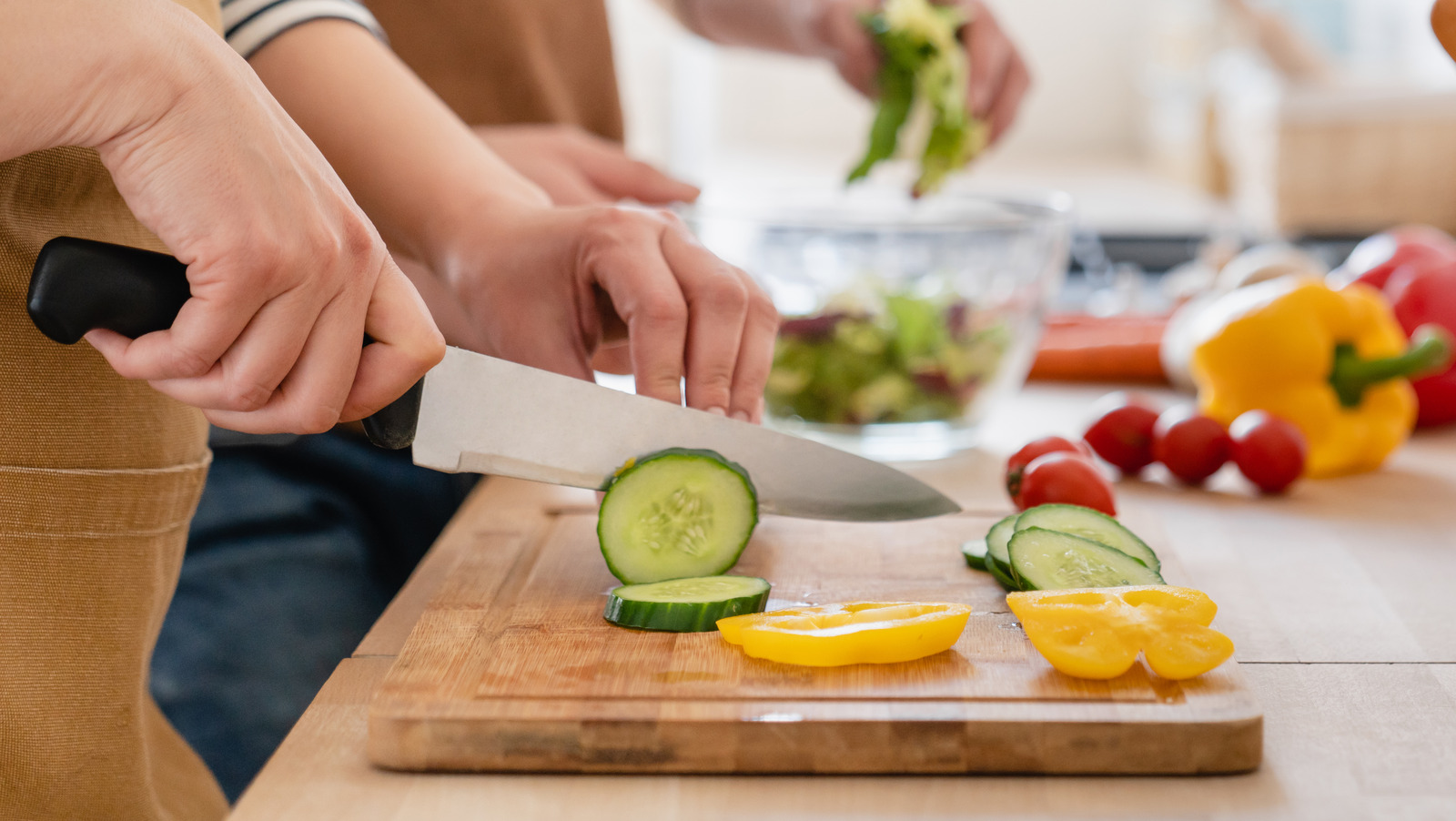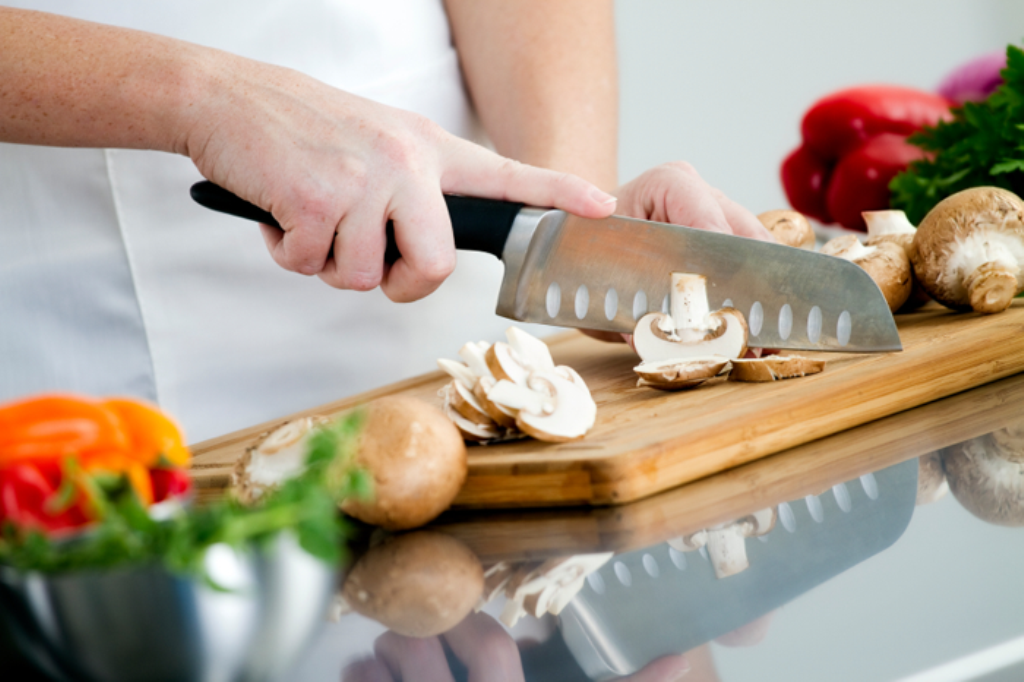In the world of culinary arts, one question stands out among the plethora of equipment and tools available: which cutting board is most sanitary? Understanding the sanitation of cutting boards is crucial, especially for kitchen professionals who prioritize hygiene and food safety in their practice. In this comprehensive guide, we will delve into the types of cutting boards available, their sanitation levels, maintenance tips, and the best practices that ensure a safe cutting environment.
As culinary experts, we often handle various ingredients, from meat to fruits and vegetables. Each type brings potential risks of cross-contamination. Therefore, knowing which cutting board is most sanitary will not only help maintain the integrity of the food but also protect the health of those we serve.

Types of Cutting Boards: A Closer Look
There are primarily three types of cutting boards found in kitchens today: wooden, plastic, and composite. Each has distinct features regarding durability, maintenance, and sanitization.
Wooden Cutting Boards
Wooden cutting boards are frequently favored for their aesthetic appeal and durability. However, they require proper care to maintain their longevity and hygiene. Wood can harbor bacteria if not cared for correctly. It is essential to regularly maintain and clean wooden boards to prevent odors and bacteria growth.
Plastic Cutting Boards
Plastic cutting boards are the workhorses of many professional kitchens. They are generally easier to clean and can endure higher temperatures, making them more suitable for sanitization. However, they can develop deep scars from knife cuts, which can become breeding grounds for bacteria if not adequately washed and sanitized. Using a bleach solution can help keep plastic boards hygienic.
Composite Cutting Boards
Composite boards blend the benefits of wood and plastic. They are durable and resistant to cuts. Composite materials can withstand higher temperatures, making them suitable for sanitization. Sanitation is key; after each use, wash and sanitize them properly.
Sanitation and Maintenance Practices
Regardless of the material used, sanitation is a critical factor in kitchen safety. Here are some effective practices:
1. Regular Cleaning
Regular cleaning is the foundation of board sanitation. Wooden boards can be washed with hot, soapy water and dried immediately. Plastic boards should be sanitized with bleach or in a dishwasher.
2. Using the Right Tools
Avoid using metal scrapers on wood to prevent damaging the surface. Use non-abrasive sponges for cleaning.
3. Ensure Proper Drying
After cleaning, make sure your boards are completely dry to prevent moisture retention, which can lead to bacterial growth.
4. Sanitizing Techniques
Sanitizing is vital and can be done using diluted bleach solutions or vinegar sprays on plastic boards. Make sure to rinse thoroughly afterward. Wooden boards can be treated with food-safe mineral oil which helps protect the wood and maintain hygiene.
How to Choose the Right Cutting Board for Sanitation
When selecting a cutting board for your professional kitchen, consider the following factors:
Material
As mentioned, choose between wooden, plastic, or composite materials based on your sanitation needs and frequency of use.
Usage
Use separate boards for meat and vegetables. This prevents cross-contamination and enhances sanitation.
Size and Stability
A stable, larger board provides more surface area for cutting while reducing the risk of slipping.
Ensure your cutting board has non-slip grips or a stable base to enhance safety.
The Importance of Knowing Which Cutting Board is Most Sanitary
For kitchen professionals, sanitation is not just about keeping the kitchen clean, but ensuring food safety for patrons. By choosing the most sanitary cutting board and implementing sound hygiene practices, you will minimize the risk of foodborne illnesses.

FAQs about Cutting Board Sanitation
What is the best way to clean a wooden cutting board?
You should use hot, soapy water to wash your wooden cutting board after every use and ensure it is dried entirely before storing it.
How often should I replace my plastic cutting boards?
Replace plastic cutting boards when noticeable grooves and scratches appear, as these can harbor bacteria.
Can I put my cutting boards in the dishwasher?
Plastic cutting boards can usually go in the dishwasher, but wooden cutting boards should never go in it as the heat can warp them.
As an Amazon Associate, I earn from qualifying purchases.
For further reading on maintaining your cutting boards, check out this informative article on cleaning wooden cutting boards. Additionally, explore this guide on chopping board hygiene for more insights.


























